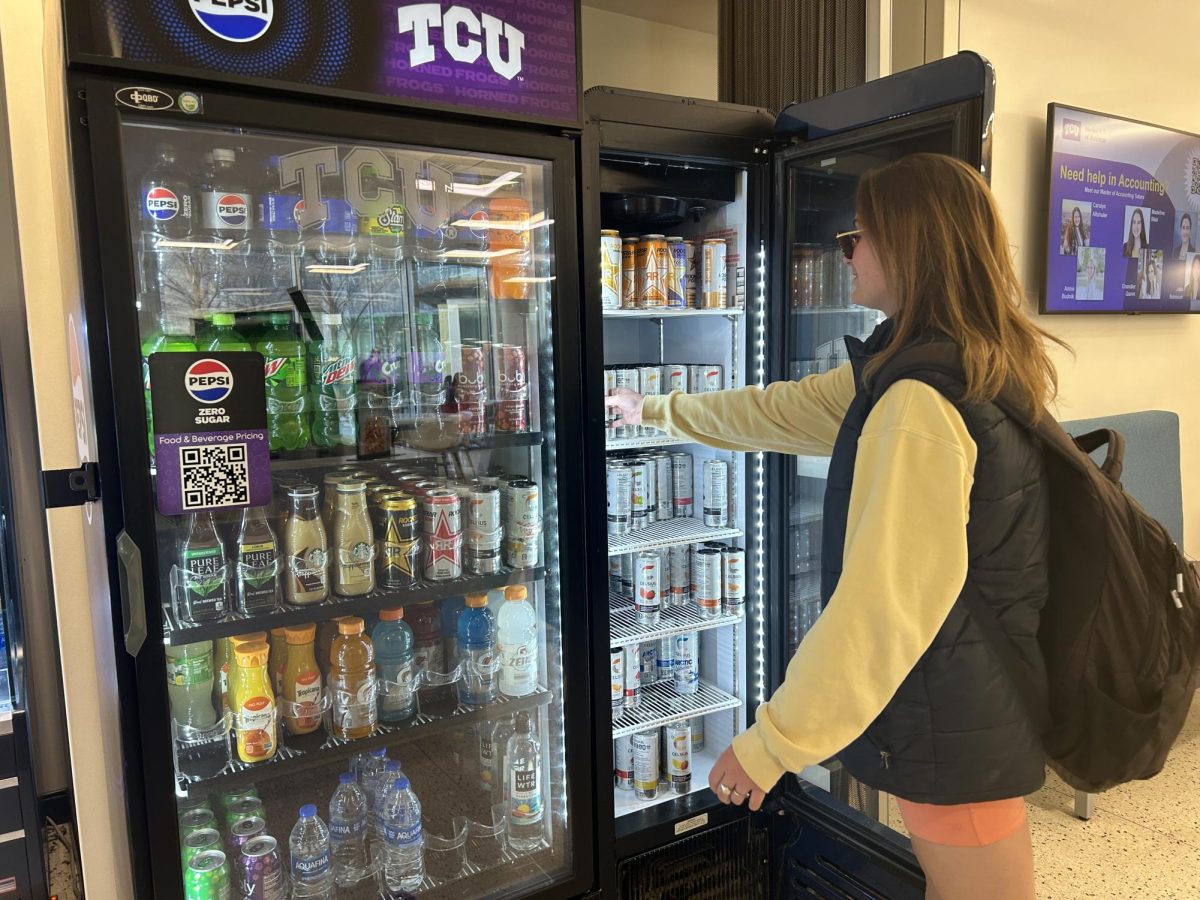This Easter, Catholics may be looking beyond their baskets full of chocolates and candies to a gift a little more unorthodox — the Vatican’s new web portal full of media content specifically created to be tweeted, linked or reblogged.
Set to debut as the culmination of an aggressive social media campaign, the website will follow the successful launch of Vatican accounts on websites such as Twitter, YouTube and Facebook. According to an Associated Press article about the start of a Facebook site commemorating the upcoming beatification of the late Pope John Paul II, the Vatican hopes to reduce miscommunications within society at large by collecting Vatican-related media in one place and grouping it according to topic to allow for ease of movement throughout the site.
The move of this traditionally conservative entity to social media reflects a larger trend within our society.
Last year, Facebook alone saw substantial increases in users, with the largest demographic being 35 to 54-year-olds and the second largest being those 55 or older, according to an iStrategyLabs report by Peter Corbett. What can’t seem to be decided on, however, is whether that growth is having a positive or negative impact on users.
Critics point to the alienation that talking through a computer screen causes, arguing that social media reduce the development of proper communication skills necessary in the world today. That separation during communication causes its own set of issues. People may feel safer when they are not face to face with another individual and may, for example, begin cyberbullying. Feeling safer also leads to very public posts about the more private details of a person’s life. The 24/7 access to contacts and information increases both banality and the trend of instant gratification.
Perhaps one of the most worrisome issues is the risk of addiction to and dependence on social media. For example, while researching for this column, I discovered that focusing on social media is a surefire way to be distracted by it, sometimes for hours on end, with sites such as mylifeisaverage.com and stumbleupon.com.
But even with all of the negatives, social media still serves overwhelming positive needs within our society. All day, all-the-time access to other people and to information enables users to be productive at all hours of the day and night without worrying whether the library will be open. Being interconnected with people all over the world encourages the flow of ideas, globalization and tolerance for other cultures and points of view, and a person can maintain contact with an acquaintance that is physically distant.
In addition, the use of social media provides a common way to categorize information. Worldwide, people look up videos and songs on YouTube, other people on Facebook and information on Google. This base of common knowledge provides further grounds to establish international connections and friendships and further contribute to the globalization of cultures and knowledge.
Esther Dyson said it best: “The Internet is like alcohol in some sense. It accentuates what you would do anyway. If you want to be a loner, you can be more alone. If you want to connect, it makes it easier to connect.”
Danika Scevers is a freshman secondary education major from Abilene.




